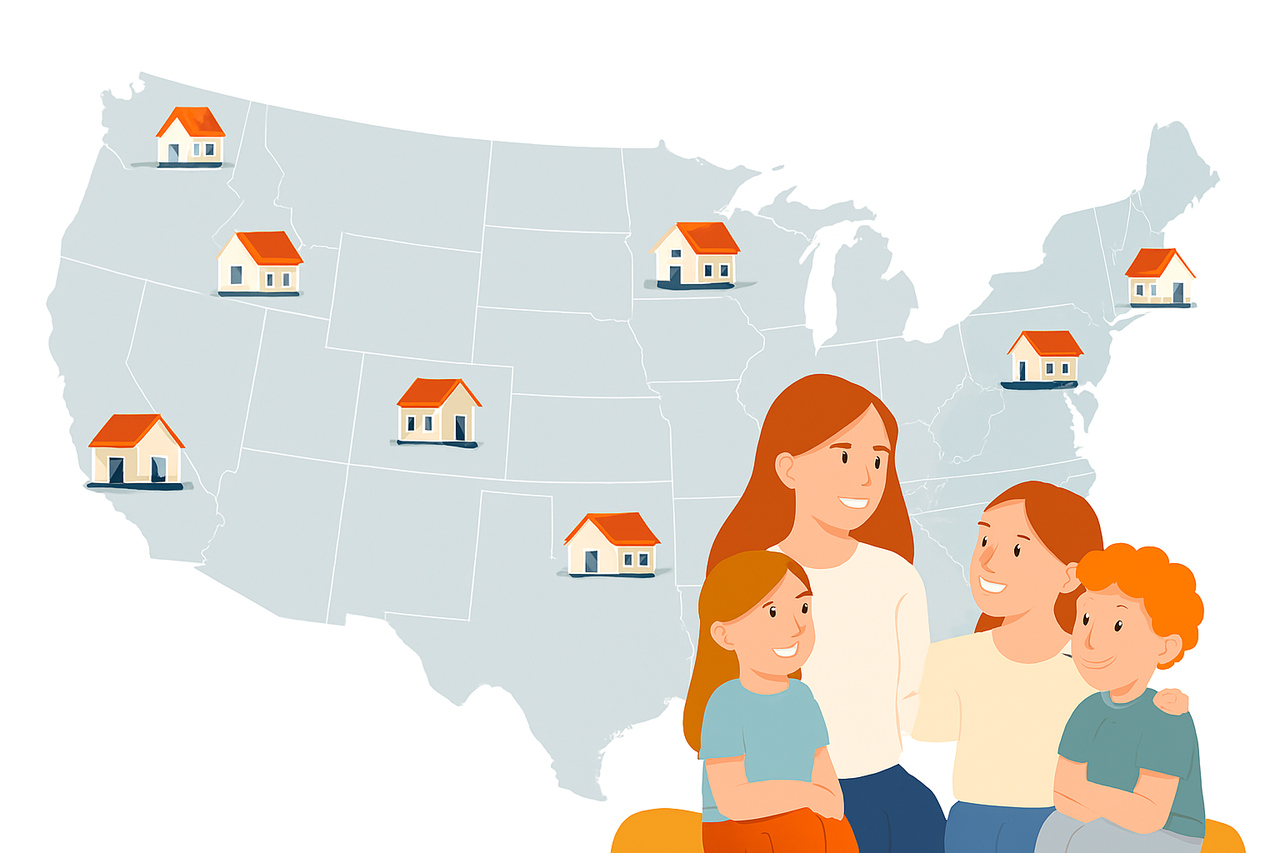Across the United States, dozens of states have created their own rent support programs to help residents stay housed during financial hardship. These programs often operate independently from federal aid, which means they may have different eligibility rules, application processes, and funding timelines. For renters who’ve been denied federal assistance or are stuck on long waitlists, state-based programs may offer a faster or more flexible alternative.
Why States Are Stepping In
Federal rental assistance programs, like the Emergency Rental Assistance (ERA) initiative, have helped millions of households. But they don’t reach everyone. According to recent data, only about 23 percent of eligible renters receive federal support. That gap has pushed many states to launch their own programs using local budgets, housing trust funds, or temporary surcharges approved by voters.
These state-based efforts aim to fill the gaps left by federal programs. Some focus on short-term emergency aid, while others offer longer-term subsidies or tenant-based vouchers. A few states also provide utility deposit assistance, relocation support, or help with security deposits.
Examples of State Rent Support Programs
Here are a few examples of how states are addressing rent relief through their own initiatives:
- California The state’s Housing Is Key program offers rent and utility assistance to eligible households. While the main portal has closed, many counties still operate local relief programs funded by the state. Tenants can apply through their county’s housing department or designated nonprofit partners.
- New York The Emergency Rental Assistance Program (ERAP) provides rent and utility support to low-income households. Priority is given to those facing eviction or with pending court cases. The state also funds legal aid organizations to help tenants navigate the process.
- Texas The Texas Rent Relief program has distributed billions in aid, and while the main fund has paused, several cities and counties continue to offer localized support. Houston and Dallas, for example, have their own portals and eligibility criteria.
- Michigan The Michigan State Housing Development Authority (MSHDA) runs the Housing Stability Services program, which includes rent assistance, legal support, and housing navigation. The program partners with community organizations to reach underserved populations.
- Massachusetts Residential Assistance for Families in Transition (RAFT) provides up to $7,000 per year in rent support for eligible households. The program also covers moving costs, utility arrears, and temporary shelter expenses.
You can find a full list of state programs through iPropertyManagement’s rent relief guide, which includes application links and eligibility details for all 50 states.
What to Expect When Applying
State programs vary widely, but most require:
- Proof of income
- Identification for all household members
- Documentation of housing status (lease, eviction notice, or utility bill)
- Explanation of financial hardship
Some programs prioritize families with children, seniors, or individuals with disabilities. Others may require participation in financial counseling or job training as part of the agreement.
Processing times depend on funding availability and local demand. Applying early and submitting complete documentation improves your chances of approval.
Tips for Checking Out State-Based Programs
- Check both state and county websites Some programs are managed locally even if they’re funded by the state. Your county housing department may have its own portal or eligibility rules.
- Call 211 or a housing navigator These services can help you identify which programs are active in your area and guide you through the application process.
- Ask about utility and deposit support A few programs offer help beyond rent, including assistance with security deposits, utility bills, and relocation costs.
- Follow up regularly If you’ve submitted an application, check in to confirm it was received and ask about next steps. Many programs operate on tight budgets and close applications once funds run out.
State-based rent support programs are an essential part of the housing safety net. They offer flexibility, local control, and targeted relief for renters who may not qualify for federal aid. Whether you’re facing eviction or just trying to catch up on payments, these programs can provide the support you need to stay housed.


Leave a Reply